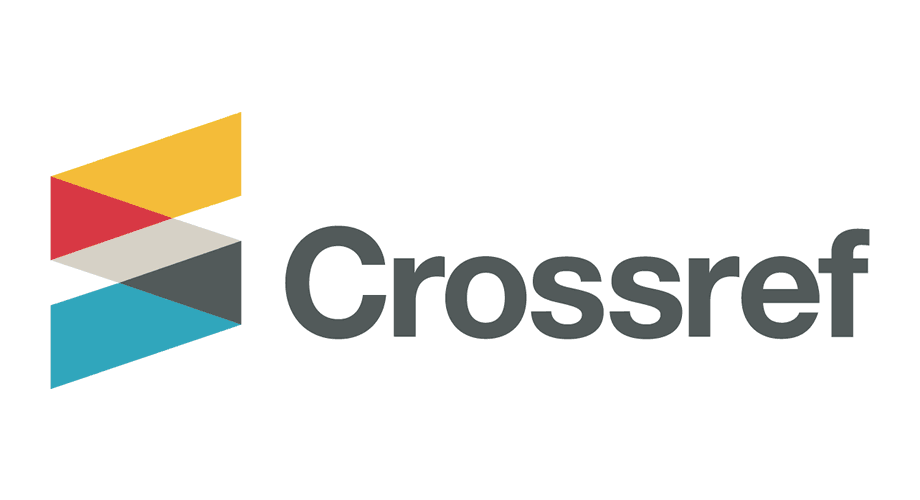Phytoextracts in Dentistry from Prevention to Therapy - A Review
DOI:
https://doi.org/10.21760/jaims.10.8.14Keywords:
Phytomedicine, Herbal extracts, Dentistry, Evidence Based DentistryAbstract
Dental diseases are major public health problems and are the most common cause of tooth loss in adults. However, every disease is preventable if diagnosed at the earliest and there are many ways for prevention of dental diseases like use of drugs, invasive and noninvasive techniques. The field of dentistry also has begun to exploit herbs as one of the cost-effective ways of prevention. Phytomedicine may be defined as a medicine derived from plants in their original state and standardized for use in a dosage regimen. Some of the commonly available herbs are clove oil, green tea, turmeric, aloe-Vera, Triphala, neem, peppermint and oregano which exhibit excellent biological properties like- Antimicrobial agents, Anti-inflammatory agents, antioxidant and sedative. Plant extracts have the potential to act as prophylactic or therapeutic agents for soft tissue and hard tissue conditions. This review article explores the application of phytoextracts for dental disease prevention and emphasizes their integration within the framework of Evidence-Based Dentistry (EBD). Through a comprehensive literature search conducted on the PubMed database, this review synthesizes findings from various studies on phytoextracts, highlighting their potential in primary prevention methods in dentistry. It underscores the importance of EBD in validating the efficacy and safety of phytoextracts, ensuring that clinical practices are grounded in robust scientific evidence. This bird’s eye view of the current literature reveals a significant need for more rigorous and detailed research to fully harness the benefits of phytoextracts in dental care.
Downloads
References
Srivastava A, Srivastava P, Pandey A, Khanna VK, Pant AB. Phytomedicine. In: New Look to Phytomedicine [Internet]. Elsevier; 2019 [cited 2024 Aug 8]. p. 625–55. Available from: https://linkinghub.elsevier.com/retrieve/pii/B9780128146194000252
Lewis WH, Elvin-Lewis MPF. Medical botany: plants affecting human health. 2nd ed. Hoboken (NJ): Wiley; 2003. 812 p.
Borris RP. Natural products research: perspectives from a major pharmaceutical company. J Ethnopharmacol. 1996 Apr;51(1–3):29–38.
Cowan MM. Plant products as antimicrobial agents. Clin Microbiol Rev. 1999 Oct;12(4):564–82.
Pradeep AR, Agarwal E, Naik SB. Clinical and microbiologic effects of commercially available dentifrice containing Aloe vera: a randomized controlled clinical trial. J Periodontol. 2012 Jun;83(6):797–804.
Okeke A. Three-minute herbal treatment to reduce dental caries with a Newbouldia laevis based extract. Am J Undergrad Res [Internet]. 2003 Sep 17 [cited 2024 Aug 8];2(2). Available from: http://www.ajuronline.org/uploads/Volume%202/Issue%202/22B-OkekeArt.pdf
Narotzki B, Reznick AZ, Aizenbud D, Levy Y. Green tea: a promising natural product in oral health. Arch Oral Biol. 2012 May;57(5):429–35.
Allaker RP, Douglas CWI. Novel anti-microbial therapies for dental plaque-related diseases. Int J Antimicrob Agents. 2009 Jan;33(1):8–13.
Tharakan A, Pawar M, Kale S. Effectiveness of licorice in preventing dental caries in children: a systematic review. J Indian Soc Pedod Prev Dent. 2020;38(4):325.
Sood S, Nagpal M. Role of curcumin in systemic and oral health: an overview. J Nat Sci Biol Med. 2013;4(1):3.
Soukoulis S, Hirsch R. The effects of a tea tree oil‐containing gel on plaque and chronic gingivitis. Aust Dent J. 2004 Jun;49(2):78–83.
Fayed MAA. Mentha piperita L. - a promising dental care herb mainly against cariogenic bacteria. Univers J Pharm Res [Internet]. 2019 Jul 9 [cited 2024 Aug 8]; Available from: https://ujpronline.com/index.php/journal/article/view/271
Batiha GES, Wasef L, Teibo JO, Shaheen HM, Zakariya AM, Akinfe OA, et al. Commiphora myrrh: a phytochemical and pharmacological update. Naunyn Schmiedebergs Arch Pharmacol. 2023 Mar;396(3):405–20.
Narayanan N, Thangavelu L. Salvia officinalis in dentistry. Dent Hypotheses. 2015;6(1):27.
Philip N, Walsh LJ. Cranberry polyphenols: natural weapons against dental caries. Dent J. 2019 Mar 1;7(1):20.
Menon P, Perayil J, Fenol A, Rajan Peter M, Lakshmi P, Suresh R. Effectiveness of ginger on pain following periodontal surgery – a randomized cross-over clinical trial. J Ayurveda Integr Med. 2021 Jan;12(1):65–9.
López-Valverde N, Pardal-Peláez B, López-Valverde A, Flores-Fraile J, Herrero-Hernández S, Macedo-de-Sousa B, et al. Effectiveness of propolis in the treatment of periodontal disease: updated systematic review with meta-analysis. Antioxidants. 2021 Feb 10;10(2):269.
Nayak P, Nayak U, Mythili R. Effect of Manuka honey, chlorhexidine gluconate and xylitol on the clinical levels of dental plaque. Contemp Clin Dent. 2010;1(4):214.
Wu CD, Darout IA, Skaug N. Chewing sticks: timeless natural toothbrushes for oral cleansing. J Periodontal Res. 2001 Oct;36(5):275–84.
Rotimi VO, Laughon BE, Bartlett JG, Mosadomi HA. Activities of Nigerian chewing stick extracts against Bacteroides gingivalis and Bacteroides melaninogenicus. Antimicrob Agents Chemother. 1988 Apr;32(4):598–600.
Noumi E, Snoussi M, Hajlaoui H, Valentin E, Bakhrouf A. Antifungal properties of Salvadora persica and Juglans regia L. extracts against oral Candida strains. Eur J Clin Microbiol Infect Dis. 2010 Jan;29(1):81–8.
Srinagesh J, Krishnappa P, Somanna S. Antibacterial efficacy of triphala against oral streptococci: an in vivo study. Indian J Dent Res. 2012;23(5):696.
Maurya DK, Mittal N, Sharma KR, Nath G. Role of triphala in the management of periodontal disease. Anc Sci Life. 1997 Oct;17(2):120–7.
Jagtap AG, Karkera SG. Potential of the aqueous extract of Terminalia chebula as an anticaries agent. J Ethnopharmacol. 1999 Dec;68(1–3):299–306.
Emerging trends of herbal care in dentistry. J Clin Diagn Res [Internet]. 2013 [cited 2024 Aug 8];7(8):1827. Available from: http://www.jcdr.net/article_fulltext.asp?issn=0973-709x&year=2013&volume=7&issue=8&page=1827&issn=0973-709x&id=3282















